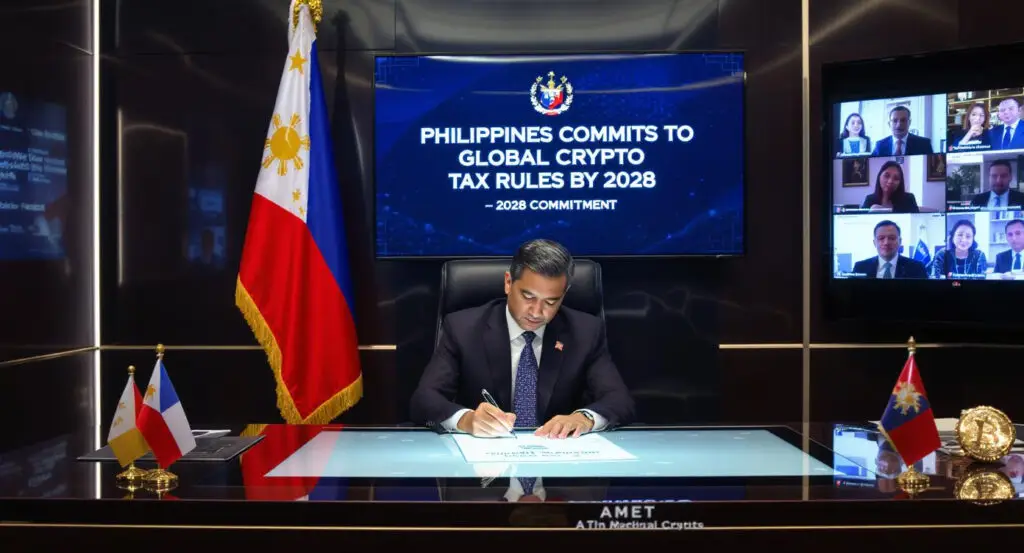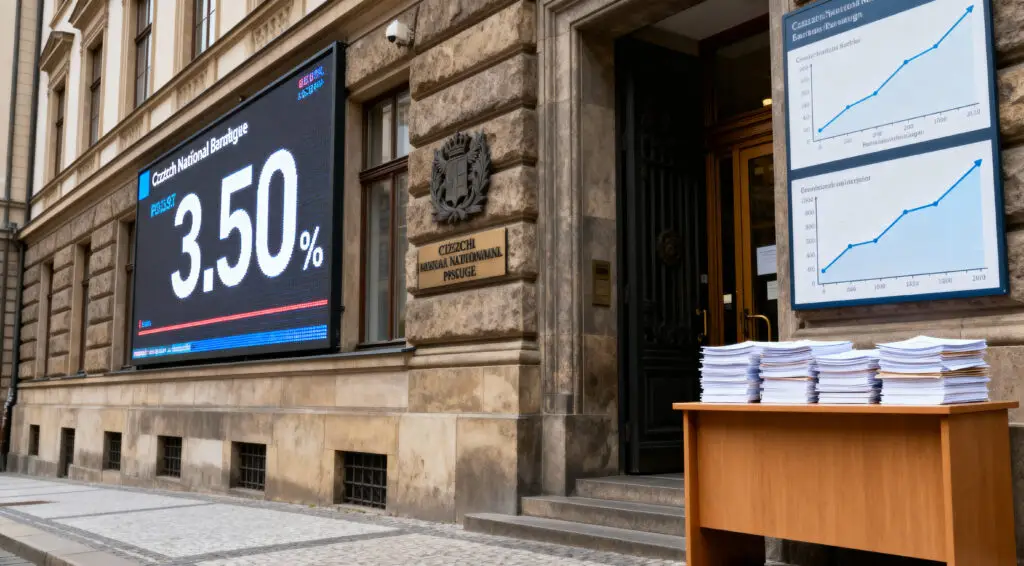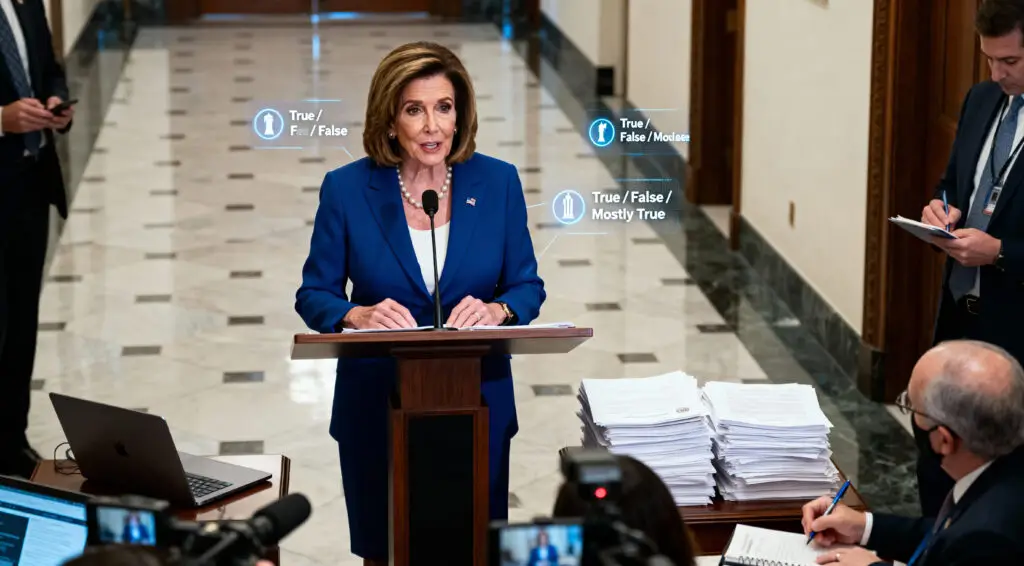In a landmark move to bolster fiscal transparency and counter illicit financial activity, the Philippines has pledged to adopt the Crypto-Asset Reporting Framework (CARF) developed by the Organisation for Economic Co-operation and Development (OECD) by 2028. The announcement aligns the country with 67 other jurisdictions, including 10 in Asia, participating in a coordinated global effort to track and tax digital assets across borders.
The commitment was formalised during the 8th Asia Initiative Meeting held in Malé, Maldives, where Finance Undersecretary Charlito Martin Mendoza represented the Department of Finance (DoF).
“We need faster and stronger systems for collaboration if we are to beat tax evasion and illicit transactions,” Finance Secretary Ralph Recto said in a statement. “The government must ensure that crypto-asset users are paying their fair share of taxes and that no illicit financial activity goes unpunished.”
Standardising Tax Oversight in a Digital World
The CARF aims to close gaps in global tax systems by enabling the automatic exchange of tax information on digital assets. Designed to apply to a broad range of entities and transactions, the framework makes it harder for individuals and businesses to conceal income or gains from cross-border crypto dealings.
“This is a timely commitment as digital currency becomes one of the preferred means for transactions,” Recto added, underscoring the growing relevance of digital assets in the Philippine economy.
The 2028 target coincides with the final year of President Ferdinand Marcos Jr.’s six-year term, a period marked by calls for greater fiscal discipline and digital modernisation across government services.
Crypto Investment Surges Amid Growing Digital Adoption
According to Recto, Filipinos have invested around PHP6 trillion ($107 billion) in digital currencies, a figure he says dwarfs the combined value of the country’s business process outsourcing and offshore gaming sectors.
“In the Philippines, a lot of Filipinos have already invested in crypto. Something like 6 trillion pesos worth of investments in crypto is being done,” Recto told Bloomberg earlier this year. He attributed this surge to a tech-savvy and youthful population, as well as the widespread adoption of digital wallets, with some 90 million users now leveraging these platforms for savings, investments, and transactions.
However, third-party estimates offer a more conservative view. Chainalysis, a blockchain analytics firm, estimated the Philippines’ crypto flows at $43.1 billion in 2024, down from $66 billion in 2023. The firm said the 40% drop was due to updated tracking methods for decentralised finance (DeFi) transactions.
Regardless of the discrepancy, the figures highlight the urgency for tax authorities to adapt to the evolving landscape of digital finance.
Improving Global Tax Cooperation
In tandem with the CARF commitment, the Department of Finance also detailed broader initiatives to strengthen tax transparency. At the Maldives summit, the agency reported progress on the Convention on Mutual Administrative Assistance in Tax Matters (MAAC), a multilateral agreement enabling countries to cooperate in tax assessment and collection.
The Philippines is also ramping up its adoption of the Common Reporting Standard (CRS), improving its ability to exchange financial information on request with foreign tax authorities. These efforts are part of the broader Asia Initiative, which the Philippines joined in 2023 to align with internationally agreed tax standards.
The meeting marked the launch of the 2025 Tax Transparency in Asia Report, detailing regional progress through 2024. Globally, such cooperation has already uncovered €24 billion ($27 billion) in additional revenue since 2009. In 2024 alone, transparency tools such as EOI and AEOI helped tax authorities identify €1.9 billion ($2 billion) in undeclared income.
Raising Revenue Without Raising Taxes
The Marcos administration has consistently signalling that it does not intend to introduce new taxes. Instead, it aims to boost revenues by improving tax compliance and closing enforcement gaps, particularly in high-risk sectors like digital finance.
This strategy appears to be gaining traction. In April 2024, government revenue collection hit PHP522.1 billion ($9 billion), bringing the four-month total to PHP1.5 trillion ($26 billion). Notably, 94% of this came from taxes, driven by an 11.49% year-on-year increase in tax revenues.
By committing to CARF, the Philippines positions itself to capture untapped revenue from crypto investments while aligning with global norms. The DoF has emphasised that such moves will help ensure that “crypto-asset users are paying their fair share,” especially as digital currencies become mainstream.
A Digital, Transparent Future
As global efforts intensify to regulate crypto-assets, the Philippines’ participation in CARF and related initiatives marks a turning point. By embracing a standardised, transparent, and cooperative framework, the country is aiming to harness the benefits of digital finance while safeguarding its fiscal integrity.
The rollout of CARF by 2028 will be a test of both policy execution and technological adaptation. But if successful, it could help the Philippines not only raise revenues more fairly but also reinforce its reputation as a responsible participant in the digital economy.























